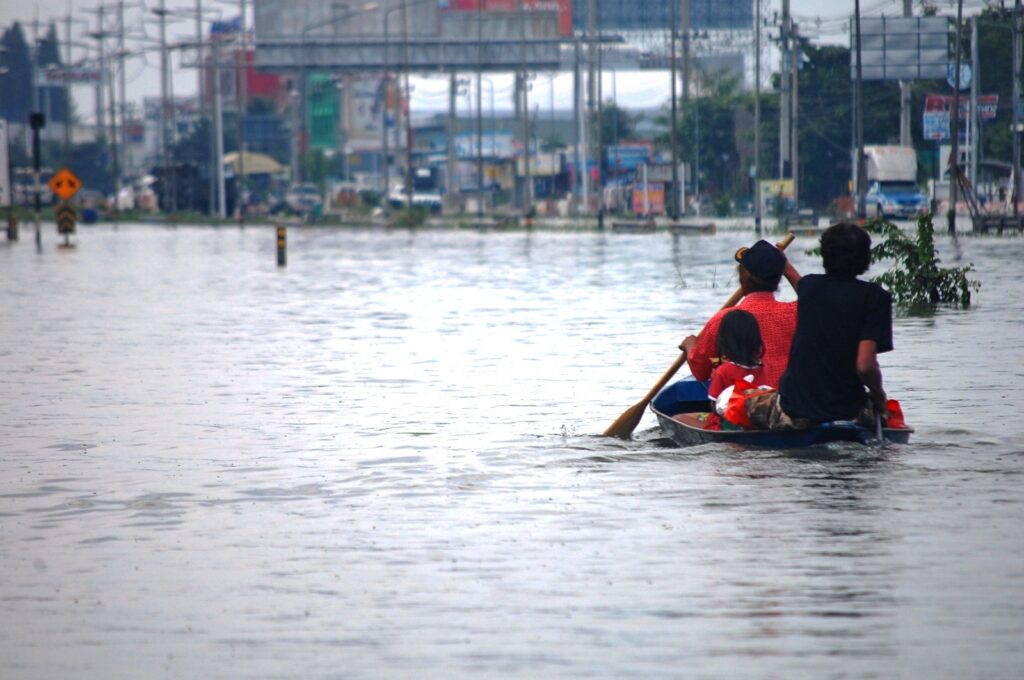From Candles to Evacuation Plans Basic Flood Safety Measures
In the delicate balance of nature, floods emerge as a formidable force capable of reshaping landscapes and testing the resilience of communities. As unpredictable as they are powerful, floods can swiftly transform familiar surroundings into challenging terrain, demanding our preparedness and adaptability. Navigating the turbulent waters of a flood alert requires more than just vigilance; it demands a strategic blend of foresight and practicality. From the mundane task of purchasing candles to the critical act of formulating evacuation plans, each precaution serves as a vital thread in the fabric of flood resilience. Join us on a journey through the basic precautions, both elemental and essential, that stand as bulwarks against the rising tides and help communities weather the storm with unwavering strength.
Before a Flood:
Waterproofing : Purchase heavy-duty trash bags and plastic sheeting to create makeshift barriers against water.
Buy waterproof containers to store important documents and valuables.
Communication : Get a portable phone charger to keep your devices charged during power outages.
Food and water: Stock up on non-perishable food items such as canned goods, energy bars, and dry snacks.
Ensure an ample supply of bottled water for drinking and basic hygiene.
Clothing and bedding : Purchase waterproof ponchos or raincoats for protection against the rain.
Buy extra blankets and sleeping bags to stay warm if evacuation is necessary
During a flood
Evacuation Supplies : Pack a small bag with essential items like clothes, toiletries, and medications if evacuation is imminent.
Emergency Lighting : Use candles and waterproof matches for temporary lighting during power outages.
Basic Hygiene : Keep a supply of wet wipes, hand sanitizers, and tissues for basic hygiene when water services are disrupted.
Food: Keep non-perishable snacks and easy-to-prepare meals on hand if cooking facilities are unavailable.
Communication : Use a whistle to signal for help, especially if trapped or in need of assistance.
Basic Tools : Have a multipurpose tool or a basic toolkit for minor repairs or adjustments.

These are few emergency numbers that could save your life
- Fire: 101
- Ambulance: 102
- Disaster Management: 108
- Air Amb1ulance: 9540161344
- Non-Emergency Medical Assistance: 1800-200-3030
- Natural Disaster Control Room: 011-26701728, 1078
- EARTHQUAKE / FLOOD / DISASTER N.D.R.F: 011-24363260
- LPG Leak Helpline: 1906
As we wrap up our exploration of flood preparedness, let’s acknowledge the power inherent in simplicity—the candles, the emergency kits, and the well-practiced plans. In the face of nature’s unpredictable temperament, these basic precautions serve as beacons of resilience, guiding us through the turbulent waters with steadiness and foresight. Remember, the essence of flood preparedness lies not just in the tangible supplies but in the mindset cultivated beforehand. By embracing these fundamental steps, we fortify our homes and communities against the surging currents, demonstrating that even in the face of adversity, a well-prepared heart and home can weather any storm. Together, armed with knowledge and proactive measures, we stand resilient in the face of floods, embodying the strength that arises when communities unite to face the challenges that nature may present.
